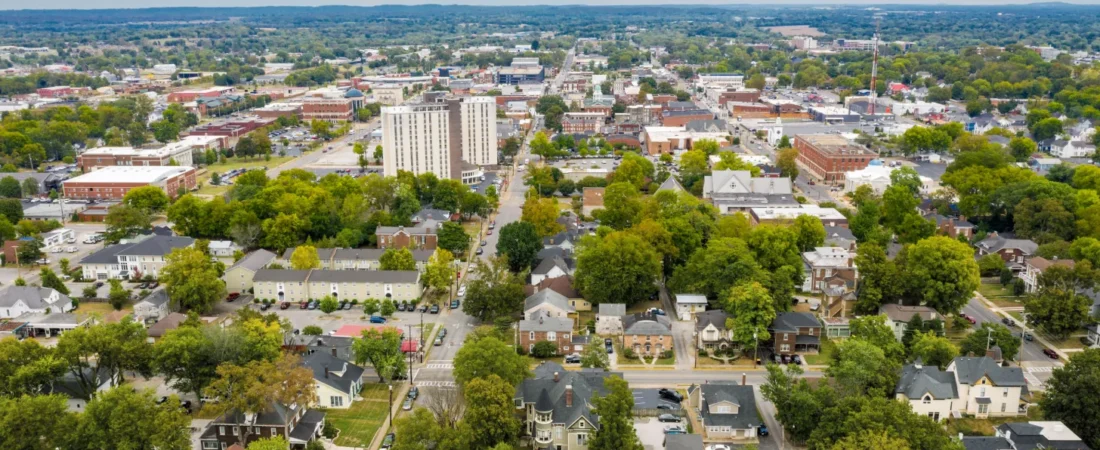“Bowling Green, Kentucky, successfully used an AI-powered online platform called Pol.is to survey nearly 8,000 residents about the city’s 25-year growth plan. The tool identified key local priorities like improving healthcare access and preserving historic buildings, demonstrating a potential use case for AI in gathering citizen feedback for democratic governance. 1 (Source: MIT Technology Review)”
Bowling Green, Kentucky, is home to 75,000 residents who recently wrapped up an experiment in using AI for democracy: Can an online polling platform, powered by machine learning, capture what residents want to see happen in their city?
When Doug Gorman, elected leader of the county that includes Bowling Green, took office in 2023, it was the fastest-growing city in the state and projected to double in size by 2050, but it lacked a plan for how that growth would unfold. Gorman had a meeting with Sam Ford, a local consultant who had worked with the surveying platform Pol.is, which uses machine learning to gather opinions from large groups of people.
They “needed a vision” for the anticipated growth, Ford says. The two convened a group of volunteers with experience in eight areas: economic development, talent, housing, public health, quality of life, tourism, storytelling, and infrastructure. They built a plan to use Pol.is to help write a 25-year plan for the city. The platform is just one of several new technologies used in Europe and increasingly in the US to help make sure that local governance is informed by public opinion.
After a month of advertising, the Pol.is portal launched in February. Residents could go to the website and anonymously submit an idea (in less than 140 characters) for what the 25-year plan should include. They could also vote on whether they agreed or disagreed with other ideas. The tool could be translated into a participant’s preferred language, and human moderators worked to make sure the traffic was coming from the Bowling Green area.
Over the month that it was live, 7,890 residents participated, and 2,000 people submitted their own ideas. An AI-powered tool from Google Jigsaw then analyzed the data to find what people agreed and disagreed on.
Experts on democracy technologies who were not involved in the project say this level of participation—about 10% of the city’s residents—was impressive.
“That is a lot,” says Archon Fung, director of the Ash Center for Innovation and Democratic Governance at the Harvard Kennedy School. A local election might see a 25% turnout, he says, and that requires nothing more than filling out a ballot.
“Here, it’s a more demanding kind of participation, right? You’re actually voting on or considering some substantive things, and 2,000 people are contributing ideas,” he says. “So I think that’s a lot of people who are engaged.”
The plans that received the most attention in the Bowling Green experiment were hyperlocal. The ideas with the broadest support were increasing the number of local health-care specialists so residents wouldn’t have to travel to nearby Nashville for medical care, enticing more restaurants and grocery stores to open on the city’s north side, and preserving historic buildings.
Source: MIT Technology Review
